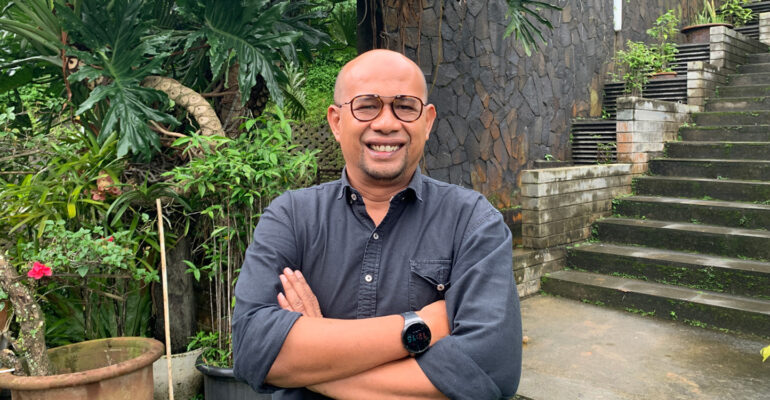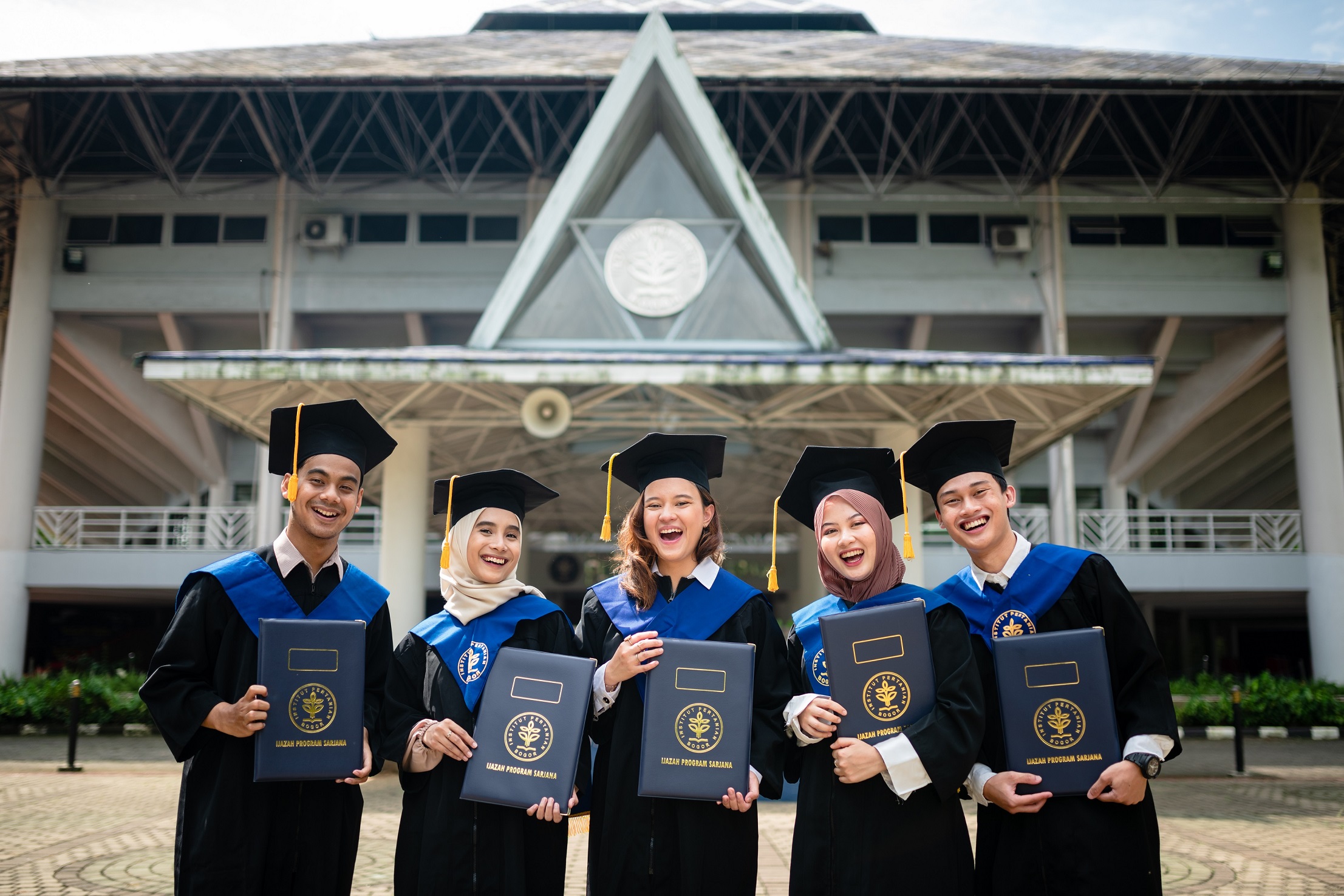IPB University Rural Sociology Expert Reveals the Shifting Phenomenon of Homecoming Culture from the Past to the Present

The homecoming tradition that has become part of the culture of Indonesian society continues to change along with the times. IPB University Rural Sociology Expert, Prof Dr Sofyan Sjaf revealed a number of factors that influence the differences in homecoming in the past and now.
Homecoming Motivation: From Tradition to Modern Flexibility
According to Prof Sofyan, the main motivation for people to go home in the past was more rooted in strong tradition. In the past, homecoming was an inseparable part of people’s lives, especially for those who are elderly.
“However, with the increasing number of productive age and technological advances, this tradition has begun to shift,” he said.
He continued, currently many people choose to celebrate Eid in the holy land or even parents who visit their children overseas, not the other way around. In addition, the increasingly diverse and affordable costs and modes of transportation have also changed the pattern of homecoming in society.
Flexing Culture and Shifting Social Values
He also highlighted the changes in the way people show success during homecoming. If in the past homecoming was more oriented towards friendship and reflection on life’s journey, now many make it a place for flexing or showing off success through social media.
“The culture of materialism is getting higher, and the local wisdom that used to be strong in the homecoming tradition is starting to erode. Many people now emphasize their achievements on social media more than the traditional values of homecoming,” he explained.
Changes in Travelers’ Activities in their Hometowns
“In the past, gathering was done by visiting relatives and neighbors. Now, people tend to gather in one place, such as tourist sites or certain places to hold the gathering event,” said Prof Sofyan.
In addition, he said, the ‘sungkeman’ culture that used to characterize Eid has also begun to decrease, replaced by communication through social media.
Differences in Transportation Modes
According to Prof Sofyan, in the past public transportation was the main choice. Nowadays, more and more people are using private vehicles, thus causing an increase in congestion on the homecoming route.
Furthermore, he emphasized that the homecoming culture has a significant economic impact on the village. “Homecoming is able to increase people’s purchasing power and encourage the circulation of money in the village. Businesses in the regions can reap greater profits during the homecoming season,” he explained.
He also reminded that the trend of migration from villages to cities is still a big challenge, as many villagers still consider cities as centers of activity.
“For this reason, the state must focus on a better and more systematic approach to building villages so that the potential of rural resources does not continue to decrease,” he concluded. (Lp) (IAAS /NRA)



